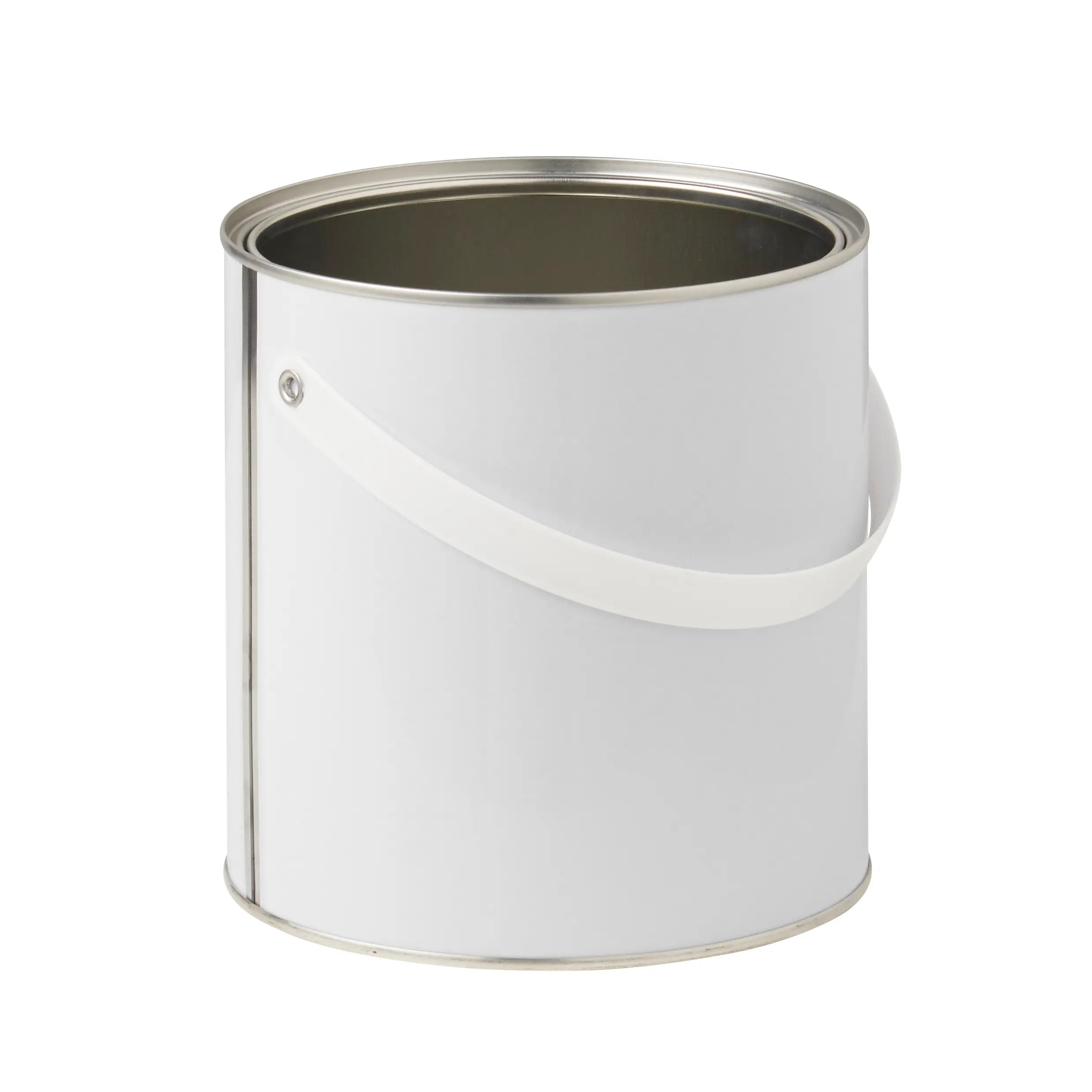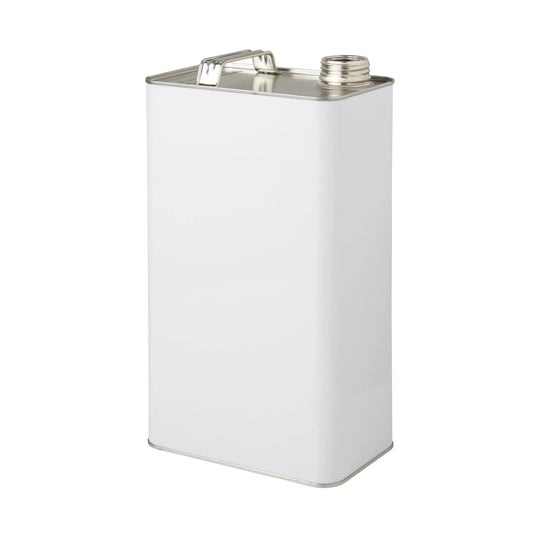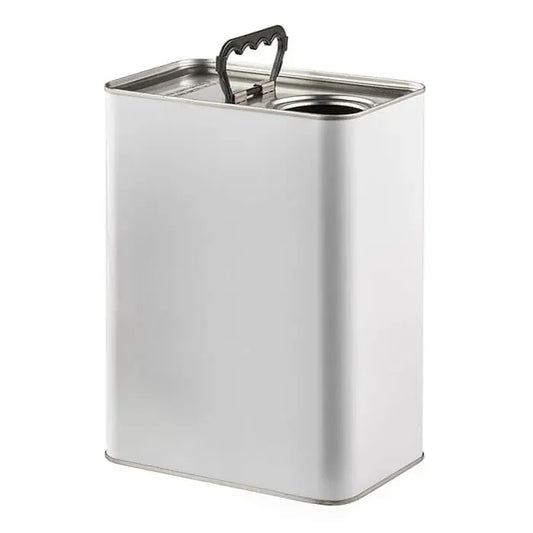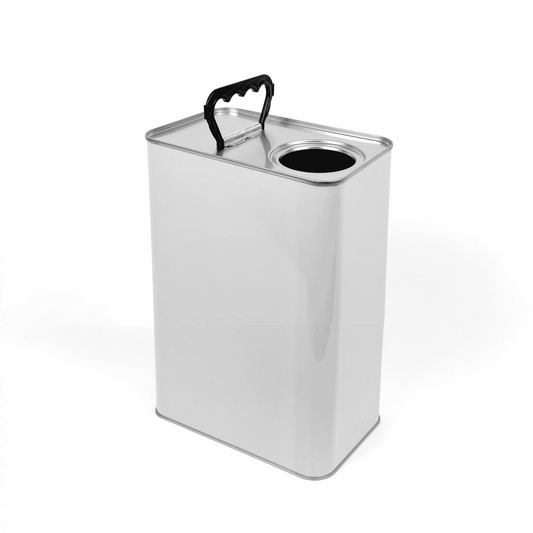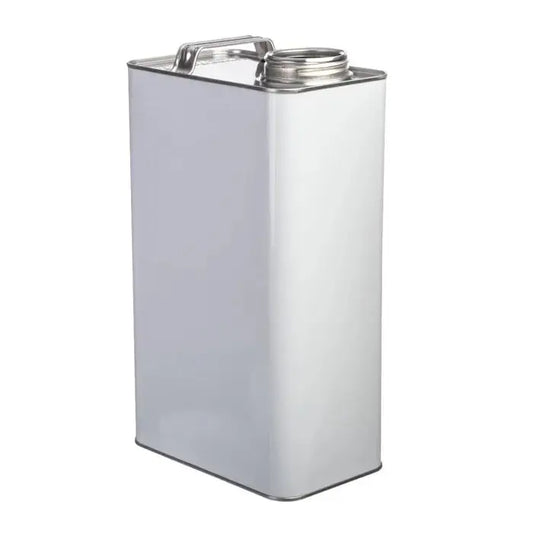Metal packaging and the food industry share a common history. The first type of metal packaging for food, the classic tin can, evolved directly in response to the need to preserve food for longer without resorting to smoking, pickling or salting. Commercial canning allowed food companies to go global because it meant that food could be preserved long enough to be shipped by sea, road and rail, and goods could be produced quickly on a production line too.
In 1895 Heinz introduced the first mass-produced cans of baked beans, and the tin can has been a bedrock of the food packaging industry ever since. The metal food can is such an important form of packaging that it was immortalised by the Pop Artist Andy Warhol in 1962. Warhol painted the Campbells soup cans after a friend told him he should paint something that you see every day, that everyone would recognise.
But steel cans aren't the only type of metal packaging used for food. Keep reading to find out more about the different types of metal food packaging available, as well as the benefits of metal packaging in the food industry.

Packaging as art: Admiring Andy Warhol's Campbell's soup cans at the MOMA, New York.
The Preservation and Protection Properties of Metal Packaging
Food and beverages demand a lot from their packaging. It has to stop the contents from spoiling, preserve the taste and keep the food safe and fit for human consumption, for weeks or months at a time. Metal packaging can do all this and more. Food can be preserved for longer and is safer in metal packaging than any other type of packaging.
The benefits start with the raw material itself. Metal is ideal for packaging because it provides an effective barrier to the three enemies of food preservation; air, light and moisture. It's also durable and rigid and offers high puncture resistance.
Metal food packaging can withstand the highest heating temperatures which means specialist canning processes can be used to preserve meat, fish and vegetables, which would otherwise spoil quickly. Perishable goods can be steam-exhausted and sealed whilst hot to ensure all bacteria are killed, to keep the contents safe and fit to eat months later.
Metal packaging is also ideal for holding carbonated drinks that need to be bottled under extremes of pressure. Steel and aluminium bottles have now overtaken glass as the packaging of choice for fizzy drinks, because they offer practical protection, whilst being lighter and less breakable than glass.
When taste, flavour and safety matter metal packaging takes a lot of beating, and it can hold everything from carbonated drinks to spam.

Aluminium bottles offer the highest level of packaging protection for liquids, flavourings and essences
Chemical safety
Metal packaging protects the contents from the outside world, a particularly important job for the transportation of hazardous substances and food and beverage ingredients. Metal packaging provides an impenetrable barrier against contamination from chemicals, gases, and bacteria.
But packaging is only as secure as the weakest link, and for many products, this is the closure. Cans are one of the most secure types of packaging because goods are hermetically sealed at the canning factory, and it's a one-use open, once a can has been opened it can't be re-closed.
Aluminium bottles offer the highest level of packaging protection, making them ideal for shipping consumable liquids and powders safely. When transporting liquids the bottle closure must form a water-tight seal, even when shaken or dropped. Quality aluminium bottles use a double seal system with a plug and taper evident cap to keep the contents secure in transit. This makes them ideal for use with food oils, flavours and essences, where taste and aroma need to be kept fresh.
Liquids require a high level of transportation protection because there’s the risk of damage at each point of the supply chain journey, a risk that increases every time a bottle is on the road, loaded and unloaded. Metal containers are unbreakable, durable, and highly pierce-resistant, so they can protect their contents however far they need to travel.
When the value of a liquid depends on its taste or aroma, then aluminium bottles are the safest choice for preserving the quality of the contents. Keeping the contents fresh is particularly important when storing essential oils, perfumes, and flavourings. It makes sense to choose metal for goods when loss of quality means loss of value.
Invopak stocks Aluminium bottles in lacquered and unlacquered options in a wide range of sizes, they're ideal for keeping oils, flavour concentrates and essences safe when shipped or stored.
How to Recycle Metal Packaging
Metal is the perfect material for packaging because it can be recycled forever. Metals including iron, aluminium, tin and zinc are pure elements, so they can be smelted down back to their natural state, over and over again. This means that a piece of metal can be made into an iron girder, then recycled to make a car, then an aeroplane and then a drinks can without any drop in quality or change in its physical properties.
Metal is easy to recycle. It doesn't matter if the metal comes from mixed sources because it's a pure element, so wherever it comes from and whatever it was used for, once it's melted down it's exactly the same raw material.
Metal packaging also has the highest recycling rate of all packaging. The latest figures released by APEAL, the Association of European Producers of Steel for Packaging, show that 78.5% of steel packaging was recycled, this is in stark contrast to plastic packaging, which has a European average of 32.5% (and a global average of just 9%).
When it comes to recycling metal the process begins by separating ferrous metals (like iron and steel) that are magnetic, from non-ferrous metals (like aluminium). Once they are separated and bailed up the raw materials are sent to the smelter.
Aluminium is an elemental metal, and the cans are made of a single material so the process is simple. The cans are shredded and heated to remove coatings, and are then melted, and cast into metal ingots, ready to be used again. According to the International Aluminium Institute, about 75% of the 1.5 billion tonnes of aluminium ever mined is still in use today! The other benefit of using recycled aluminium is that it uses up to 95% less energy than producing from ore, making it a more sustainable option.
The steel recycling process is slightly different because steel is an alloy (made from iron and carbon) and the cans have a layer of tin that must also be removed. The first step is cleaning and de-tinning, this detinned steel is then mixed with molten iron in a 2000-degree furnace before impurities are eliminated by blowing high-purity oxygen into the metal. Once this metal recycling process is complete the metal is cast into slabs. Globally steel is still the most recycled metal, with around 680 million tonnes being recycled in 2021.
With climate change and the continued pressure on global resources metal packaging remains one of the most practical and sustainable solutions.

Bails of scrap metal, poised for a new life as something else
Steel vs Aluminium cans
The metal packaging market is dominated by just two metals, steel and aluminium, this is because they are malleable, have a good strength-to-weight ratio and are available in large quantities. However, they each have a unique set of characteristics that make them suitable for particular types of food packaging.
The first metal packaging cans were made from steel and it's still used to package a wide variety of foods today. Everything from Heinz beans to sardines can be found inside a steel can. Steel is an alloy that's made from iron and carbon and steel cans are made from tin-coated steel, which is why they're often called tin cans. This protective tin coating prevents the steel from corroding and affecting the contents of the can.
Stainless steel is made by adding chromium to the mix (typically 11%), which makes it resistant to oxidisation and corrosion. Stainless steel is commonly used in the food packaging industry because it's strong, inert, durable and non-corrosive. It's used for metal food packaging, but also hoppers, storage tanks, pipework and transportation containers.
When it comes to drinks cans aluminium has the market sewn up. Over 75% of drinks cans are now made from aluminium because it's light (one-third as heavy as steel), durable and doesn't rust. Although steel is a cheaper raw material than aluminium, aluminium cans are cheaper to make. They're easier to machine and there's no need for a protective tinning layer because aluminium is already corrosion-resistant. A lighter can also reduces shipping costs - one more of the many advantages of metal packaging.
The first aluminium cans were made in 1958 by the Adolph Coors Company, they exploded in popularity after the easy-open ring pull was introduced in 1961. In 1990 Europe's first aluminium recycling factory opened in Warrington Cheshire, that single plant had a recycling capacity of 8 billion cans a year. The effectiveness of this recycling loop means that today's drink cans are made from about 70% recycled material. There's a good chance that the can of lunchtime cola you're sipping from used to be a Boing 747, or maybe it was just another can.
Metal Packaging for Business
As well as the practical and environmental benefits, the advantages of metal food packaging include the ability to add perceived value. It adds value to your product just by being metal. Aluminium bottles are ideal for high-value goods such as oils, essences, and flavourings, as well as powders and granules such as premium coffee or chocolate.
We source our aluminium bottles from the same French manufacturer that supplies all the luxury fragrance houses in Europe, and Invopak is the sole supplier in the UK, so if you need the best for your business please get in touch, or set up an account by clicking the button below.
